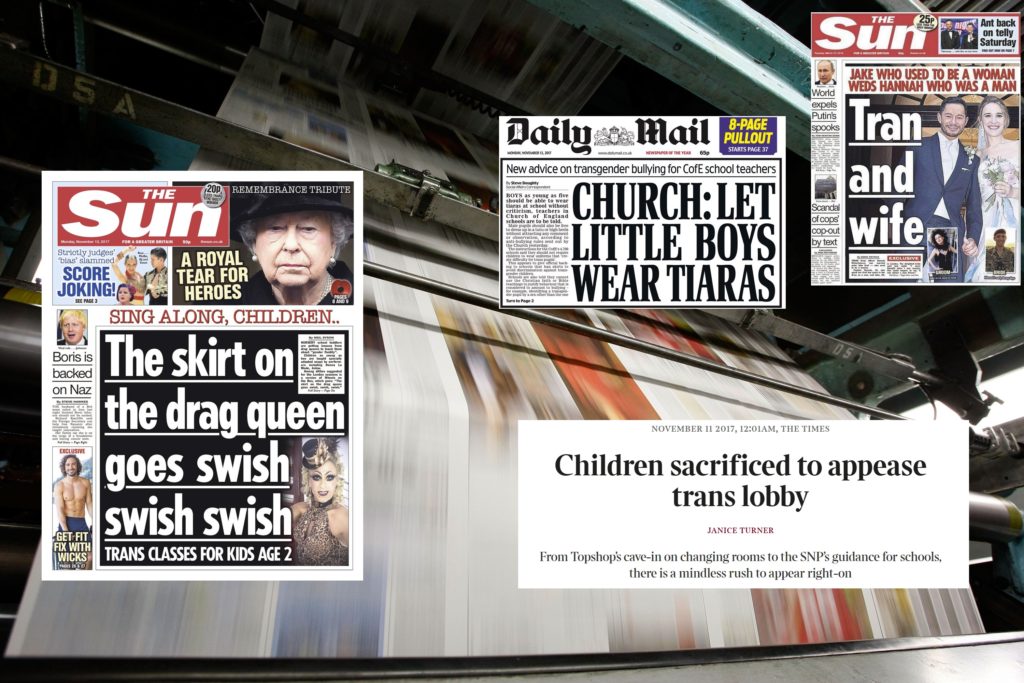President Biden Will Reverse Trans Military Ban
US president Joe Biden will reverse Donald Trump‘s ban on transgenderpeople serving openly in the military “in the coming days and weeks”.
White House press secretary Jen Psaki said Wednesday (20 January) that, while the transgender troops ban wasn’t one of the Biden administration’sfirst 15 actions, it would be among the “additional executive actions” that will be taken “in the coming days and weeks”.
Amid a wave of anti-LGBT+ policies, Donald Trump first announced on Twitter in July 2017 that he would be banning trans people from serving in the military. The ban came into force in April 2019 following a series of legal challenges, and plunged trans service people into uncertainty and fear in the process.
Writing on Twitter at the time, Trump said: “Our military must be focused on decisive and overwhelming … victory and cannot be burdened with the tremendous medical costs and disruption that transgender in the military would entail.”
Joe Biden previously pledged to reverse Trump’s ban on trans service members on his first day in office.
However, his nominee for defence secretary, Lloyd Austin, is still going through the confirmation process. It’s unclear if this is why reversing the trans troops ban didn’t happen on the first day of the Biden administration.
During his Senate hearing on Tuesday, Austin – who will become the first Black defence secretary in US history – said that he supports trans people being in the military.
“If you’re fit and you’re qualified to serve and you can maintain the standards, you should be allowed to serve and you can expect that I will support that throughout,” he said.
Before Austin can be confirmed, Congress has to waive a rule that requires former military service members to have been retired for seven years before they can serve as defence secretary. It will be voted on Thursday (20 January).
Trump claimed his policy was not an outright ban on trans troops serving, but it meant that a trans person could only enlist if they served in the gender they were assigned at birth. Serving trans troops were permitted to remain in the forces, but trans servicepeople who came out as trans after the policy was brought in were not permitted to transition.


